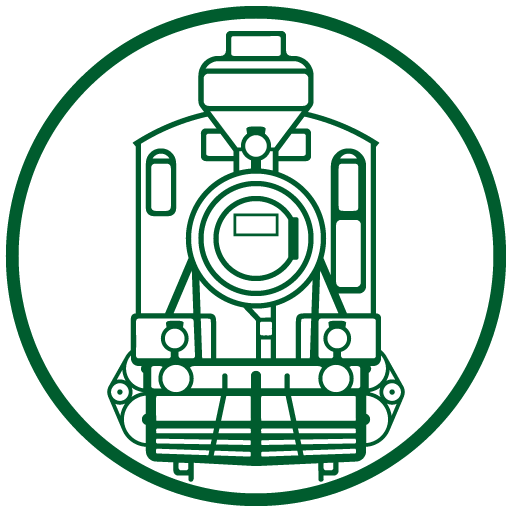Tankkiveturiversio 2–8–2T ei ole koskaan ollut erityisen laajasti käytetty veturimalli. Suurimmat käyttäjät ovat olleet Saksa, Ranska, Itävalta ja Tšekki. Saksassa tärkeimmät olivat Preussin T 14, Baureihe 93 (noin 457 veturia) ja Baureihe 86 (776 veturia 1928–1943), jotka kumpikin olivat enemmän yleis- kuin paikallisliikennevetureita. Ranskassa oli useita tämän pyörästötyypin raskaita yleis- ja paikallisliikennevetureita, kuten 141 TA/TB/TC ja TD (yhteensä 570 veturia). Itävallassa ja Tšekkoslovakiassa veturit olivat huomattavasti edellisiä pienempiä ja tarkoitettu lyhyiden haararatojen yleisvetureiksi. Ruotsissa oli vain pari yksittäistä kappaletta.
VR:n sarja N1/Pr1 oli myös lähinnä yleisveturiluonteinen, joskin ehkä enemmän henkilöliikenteeseen painottunut suurten vetopyöriensä ansiosta. Saapuessaan se oli VR:n raskain veturisarja yhdessä rinnakkaismallin O1/Vr3 kanssa. Se toi niin suuren muutoksen paikallisliikenteen hoitoon, että vastaava edistysaskel tapahtui vasta sähköistyksen myötä 40 vuotta myöhemmin.
VR sai Rauman Rautatien oston yhteydessä kaksi suhteellisen pientä 2–8–2T-veturia, joita käytettiin lähinnä vaihtovetureina (niitä oli Rauman radalla käytetty sekä linja-ajoon että vaihtotöihin). Rakenteeltaan veturit olivat lähinnä sarjojen K2/Tk2 ja H5/Hk5 yhdistelmä tankkiveturiksi muutettuna.
Whilst never so numerous as 2–8–2 tender locomotives, considerable numbers of 2–8–2Ts were active in the steam era around the world. In Europe the biggest users of this tank locomotive type were in Germany, France, Austria and Czechoslovakia. In Germany the most important classes were the Prussian T 14 (DRG class 93) with about 457 locomotives and class 86 (776 locomotives built 1928–43). Both types were general purpose locomotives for shorter routes. In France 2–8–2Ts were used for both mixed and heavy suburban traffic; the most numerous types there were classes 141.TA/TB/TC and TD (totalling 570 locos). In Sweden there were only a few examples.
The VR class N1 2–8–2T was ordered for heavy suburban traffic but also found much use at night on heavy freights out of Helsinki. When introduced, the N1 was, together with sister class O1, by far the heaviest locomotive on the VR. It enabled such a substantial change to suburban train speeds and sizes that the next similar ‘great leap forward’ only took place 40 years later with electrification.
From the private Rauma Railway, the VR acquired two light 2–8–2Ts for shunting duties; these were a kind of amalgamation of classes K2/Tk2 and H5/Hk5 into a tank locomotive.





